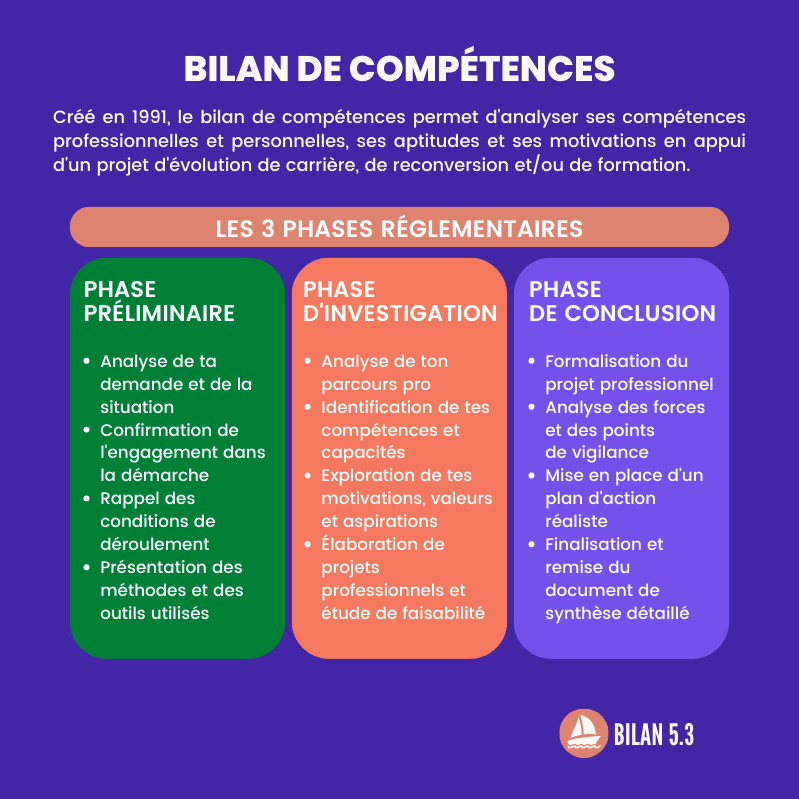Humanitarian aid to come to the aid of the victims of Typhoon Haiyan in the Philippines is difficult to organize. Tacloban already has 10,000 dead and 2,000 missing.

Help is trying to organize after Typhoon Haiyan hit the central Philippine archipelago on Friday. In a first provisional assessment, the United Nations estimate that there could be at least 10,000 killed and 2,000 missing. Main concern after the disaster, the access of help to areas where there are survivors injured or in distress.
Helping these populations is indeed very complicated for humanitarians because of the geographical particularities of the country. The Philippines is an archipelago made up of over 2,000 inhabited islands, some of which are difficult to access. For this reason, we still do not know the extent of the health emergency on site.
The emergency: access to medication for chronically ill patients
Indeed, four days after the disaster, some localities are still cut off from the world. But the first testimonies show completely devastated areas. It is a population basin of more than 2 million inhabitants which no longer has any access to healthcare. An extremely serious situation, especially for the chronically ill. Because for these patients, the vital emergency is obviously access to medication.
However, for the moment, the Philippine authorities are giving priority to water and food. Contacted by why actor, Stéphane Roques, Director General of Médecins sans Frontières (MSF), nevertheless explains to us the urgency of acting and quickly. “ Emergency medicine, as MSF exercises, can indeed save many lives, ”he recalls.
Listen to Stéphane Roques, Director General of Médecins sans Frontières (MSF): “ There are wounds which risk becoming infected which must be reopened, reoperated … “
An inflatable hospital
So, to help these populations in distress, humanitarian aid has already started to be put in place, with the first humanitarian actions. Thus, 4 Médecins sans frontières cargo planes are on their way to transport essential medicines, medical equipment and an inflatable hospital.
At the same time, most NGOs have chosen to send personnel on site to precisely assess the extent and nature of the needs before deploying today or tomorrow.
This mode of action chosen by MSF makes it possible to identify very isolated areas where the victims are cut off from everything and not to concentrate all the assistance in the particularly devastated area of Tacloban. In the immediate future, MSF has also just sent an emergency team of around 15 people and must deploy around 100 health professionals on site by tomorrow or Wednesday.
Listen to Stéphane Roques: “We are waiting for the airport to be rebuilt to be able to intervene by plane. The stake is really access today, because everything is destroyed … “
.















